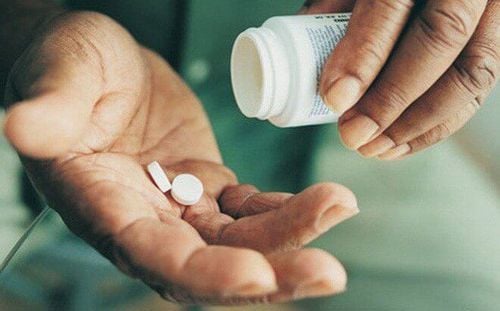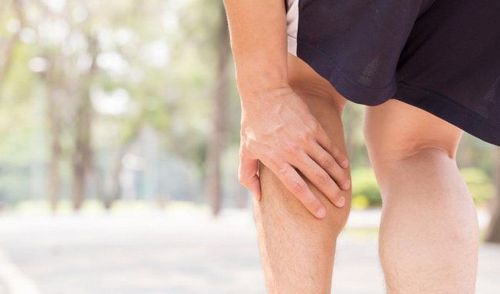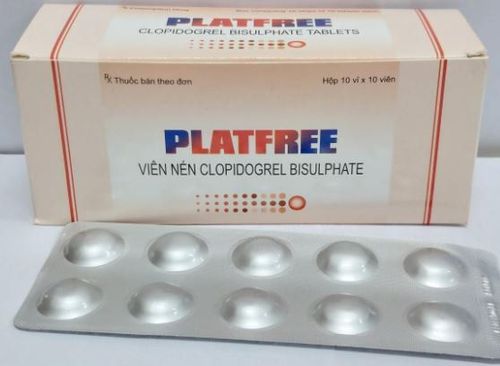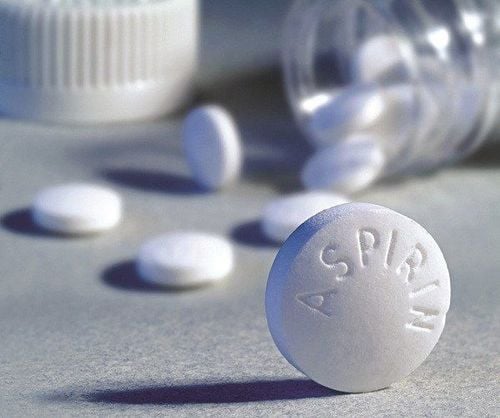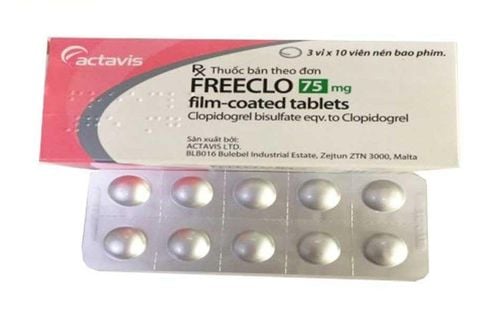This is an automatically translated article.
The article was consulted with Dr. Nguyen Van Duong - Interventional Cardiologist - Cardiovascular Center - Vinmec Central Park International General Hospital.Claudication is a painful phenomenon that many people care about because it is common in peripheral artery diseases caused by atherosclerosis or stenosis, if too severe, it can lead to amputation, greatly affecting health. and the patient's daily life.
1. What is claudication pain?
Claudication is a feeling of pain or weakness in the leg and usually occurs when the patient is active such as walking. The most characteristic feature is that the symptoms appear when the patient is active and disappear after a period of rest. This is a serious warning sign because people with symptoms are at a higher risk of having a heart attack or stroke.The mechanism of claudication is as follows: In a normal state, the arteries carry oxygen-rich blood and nutrients from the heart throughout the body. When the arteries in the legs are narrowed or blocked, the muscles in the legs do not receive enough oxygen and nutrients needed for activities, leading to oxygen-containing anemia in the legs. In the early stages of this process, the leg still has enough oxygen at rest, so the patient does not feel pain when not active, only when exercising a lot and narrowing the arteries in the leg to the point of not having enough blood supply will pain symptoms appear. . For that reason, this symptom is called intermittent claudication because it appears during walking and disappears at rest.
Causes of claudication: As we age, blood vessels can become blocked by a process called atherosclerosis or hardening of the arteries. Atherosclerotic plaques that can form in the arteries are composed of cholesterol, calcium, and fibrous tissue. When more plaque builds up on the walls of the arteries, the arteries become narrower and stiffer, reducing blood flow to the legs, a condition also known as peripheral artery disease.
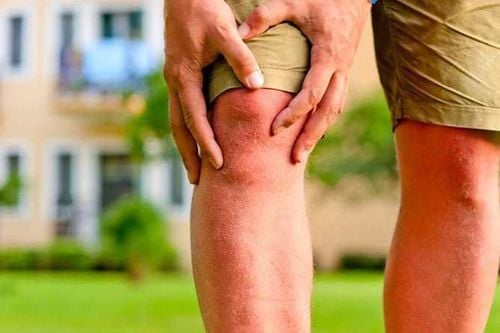
2. Characteristics of claudication pain
Claudication pain has some notable characteristics as follows:The degree and sensation of claudication is different for each person, it may be less painful, more painful or only feeling a lot of leg fatigue when walking short distance. Pain may occur in the hip, thigh, lower leg, or foot, separately or in combination, depending on the location of the narrowed artery. Pain at rest and even necrosis occurs when the lumen is greatly narrowed and collateral circulation is underdeveloped. Calf flexor pain is the most common pain site, causing patients to feel like a calf cramp when walking and relieved when resting. Pain in the upper 2/3 of the calf is usually due to stenosis of the superficial femoral artery, while the lower third is usually due to popliteal artery disease. Claudication pain due to stenosis of the abdominal aorta will cause the patient to have symptoms of hip pain, groin pain, thigh pain when walking, weakness in the hip and back muscles, accompanied by a wound in the hip and back that takes a long time to heal due to blood supply. poor maintenance. Pelvic claudication occurs due to stenosis of the common femoral artery or stenosis of the tibial or peroneal arteries if the pain is lower. Arterial angiography behind the stenosis is weak, blood pressure is low, or cannot be measured. Ultrasound in this case will help determine the specific location of the lesion and estimate the severity of the disease.
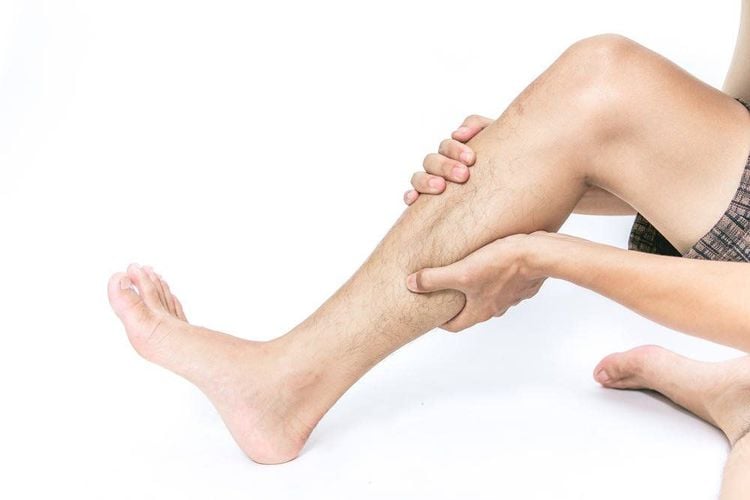
3. Causes of claudication pain
Claudication is a symptom of peripheral arterial disease caused by atherosclerosis, or is often present in patients with the following risk factors for atherosclerosis:Hypercholesterolemia Smoking, obesity Hypertension Family history of cardiovascular disease or vascular disease.
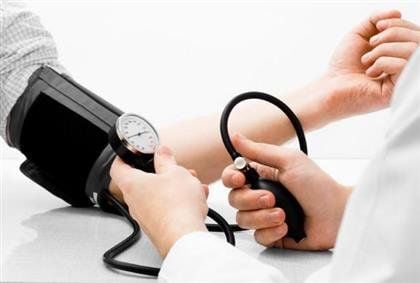
4. How to treat claudication pain?
First, to improve claudication, the patient must eliminate the following risk factors:Lower blood cholesterol: Specifically, LDL cholesterol is adjusted to less than 100 mg/dL by changing lifestyle and diet. in combination with lipid-lowering drugs as directed by your doctor. Stopping smoking, controlling blood sugar, and tight blood pressure not only help reduce claudication, but also reduce the risk of coronary heart disease. Patients with intermittent claudication need rehabilitation exercise to reduce claudication symptoms: choose a convenient location or run on the carpet for 45-60 minutes 3 days per week for at least 3 months. If possible, run under the supervision of medical staff at each stage of exercise.
Medical treatment: Using anti-embolism drugs prescribed by the doctor can partially improve symptoms, reduce the risk of myocardial infarction or stroke due to cardiovascular causes.
Surgical treatment (surgery):
Percutaneous catheterization: Indicated less invasive and less risky than surgery. A small puncture through the skin will insert a balloon-guided wire into the narrowed artery, the balloon is inserted into the narrowing of the artery and inflated to widen the lumen for easier blood flow. In some cases, a stent will be placed in the lumen to prevent narrowing again. Revascularization surgery is surgery that uses a part of the body's blood vessel to connect a narrow area to allow blood to flow through. This surgery is best indicated for healthy patients under 70 years of age and without diabetes.
Please dial HOTLINE for more information or register for an appointment HERE. Download MyVinmec app to make appointments faster and to manage your bookings easily.





